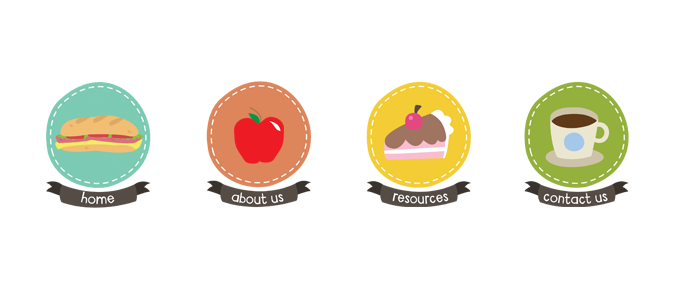We recently started reading about early English colonies like Roanoke, Jamestown, and Plymouth. Colonists had to have amazing constitutions to survive life in the new settlements, but what has been more amazing to my students (and me) is the trip from England to the new world on the ship.
We did a little extra digging into the voyages on ships like the Mayflower. The Mayflower was a merchant ship and not really intended for voyagers. The 102 passengers mainly stayed in the gun deck or "tween" deck in a space that was about 80' long, 24' wide, and a ceiling height of about 5 1/2'. To give you a little comparison, a school bus is usually 40' long, so the Mayflower is the length of two school buses parked one in front of the other.
In order to visualize the parts of the ship a little better, the students are creating cutaway Mayflower diagrams with 14 main ship parts labeled. We defined the ship parts first and then searched Mayflower diagrams and pictures to draw our own cross-sections of the ship.
I found this SITE and this SITE with reliable definitions for the students, but there were plenty of other online resources. Google images had great results too. I gave the students this Mayflower Ship Parts Handout, and they completed the definitions first. After we compared definitions, students used legal sized white paper (and rulers) to draw, label, and color their diagrams. We did not quite finish before spring break, but I love the way the diagrams look so far. This has been a great activity to enhance my history content as well as work with proportion and measurement.
Caitlin
The-Room-Mom.com




































